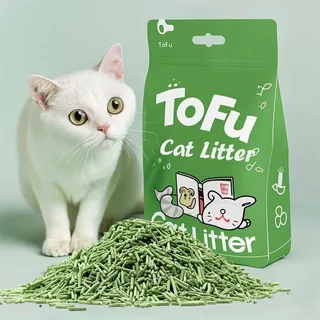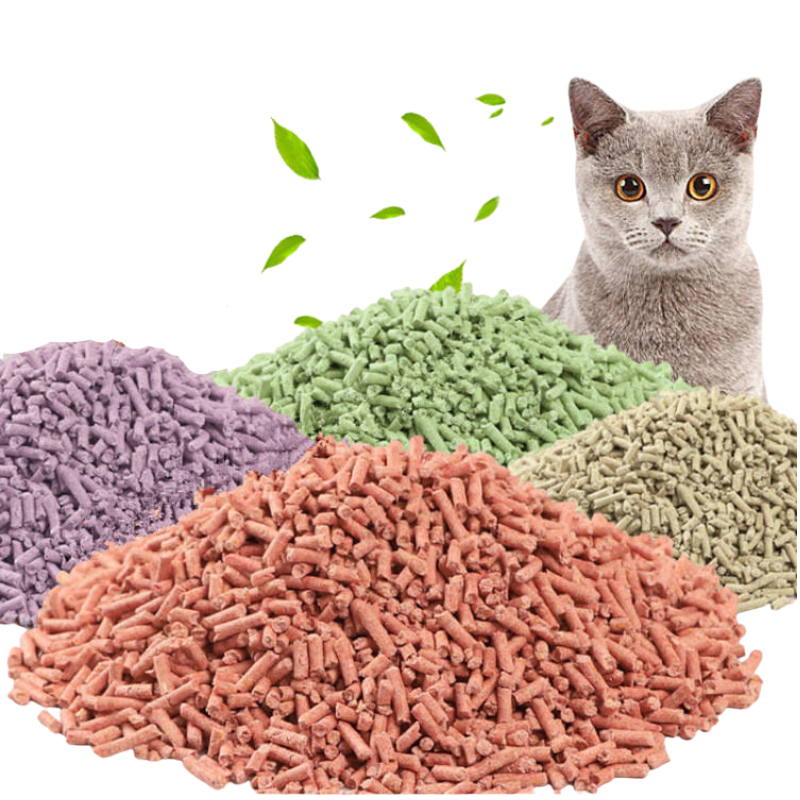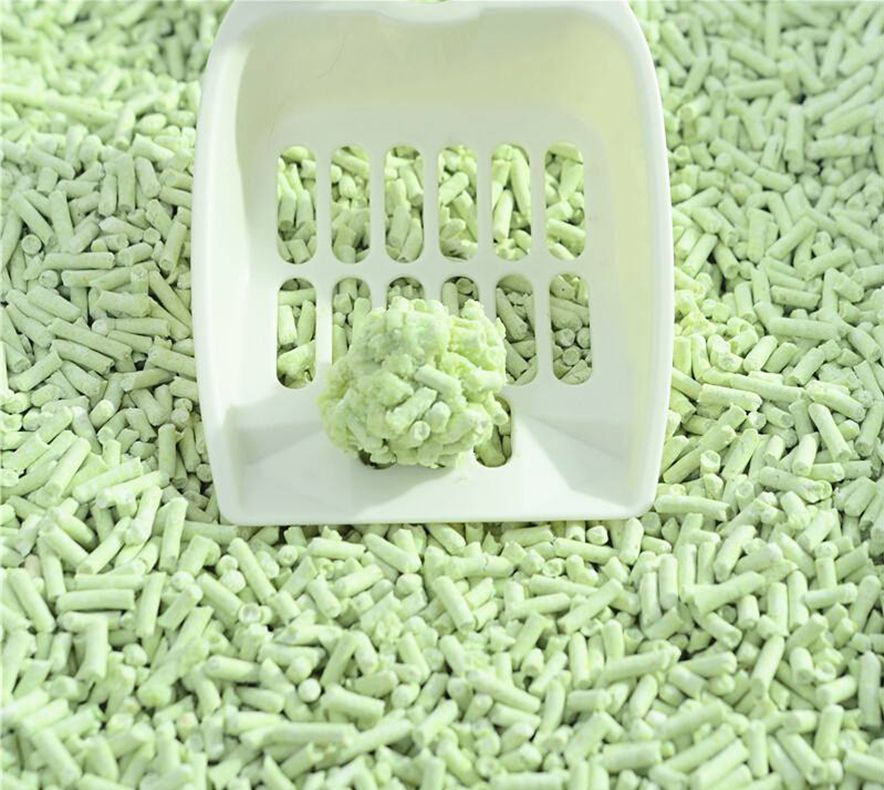Tofu Cat Litter Sourcing Guide 2025: Everything Importers Need to Know

9/8/2025 · 5 min read · Pet Products
🌱 Tofu Cat Litter: A Sustainable, Safe, and Sourcing-Friendly Alternative for Pet Owners

Introduction
Cat owners today are increasingly concerned about safety, cleanliness, and environmental responsibility. Traditional clay-based litters are heavy, dusty, and non-biodegradable, which often creates disposal issues. Enter tofu cat litter—a plant-based, eco-friendly, and lightweight solution that is gaining global popularity. This blog explores what tofu cat litter is, its benefits, where it is manufactured, and how businesses can source it efficiently.
What is Tofu Cat Litter?
Tofu cat litter is made from soybean by-products (commonly called okara, the fibrous residue left after making soy milk and tofu). This residue is processed, dried, and combined with natural starch binders to form pellets or granules. Sometimes, additives like corn starch, green tea, activated charcoal, or zeolite are mixed in to improve clumping and odor control.

Key Features:
- Clumping Ability: Quickly absorbs liquid and forms firm clumps for easy scooping.
- Low Dust: Healthier for cats and owners, reducing respiratory issues.
- Lightweight: Easier to handle and ship compared to bentonite clay.
- Eco-Friendly: Made from renewable plant-based material and often marketed as biodegradable.
- Safe: If ingested in small amounts by cats (especially kittens), it poses less risk than clay litter.
Benefits for Consumers & Retailers
- Hygiene & Convenience – Strong absorption and clumping properties make it simple to clean.
- Pet Safety – Gentle on sensitive paws and safer if accidentally eaten.
- Sustainability – Appeals to eco-conscious buyers who prefer biodegradable options.
- Odor Control – Natural plant fiber plus additives like baking soda or green tea suppress ammonia smell.
- Marketing Edge – Pet brands can position tofu cat litter as a premium, health- and eco-friendly alternative.
Types of Tofu Cat Litter on the Market
- Unscented Original – Pure soy-based litter.
- Odor-Control Variants – With activated carbon, zeolite, or baking soda.
- Scented Options – Green tea, peach, lavender, and other fragrances.
- Flushable Formulations – Extra fine pellets claimed to dissolve in water (always check local disposal rules).
- Blended Types – Soy + corn starch or soy + bentonite for hybrid performance.

Sourcing Tofu Cat Litter: Where Does It Come From?
The majority of tofu cat litter production is concentrated in Asia, especially regions with high soybean processing capacity.
Main Sourcing Countries
- China – Shandong, Jiangsu, and Zhejiang provinces dominate production. They have large-scale factories with private-label capabilities, offering different pellet sizes and scented variants.
- Vietnam & Thailand – Emerging suppliers with competitive pricing and shorter lead times to South Asia and the Middle East.
- Indonesia & Malaysia – Smaller but growing manufacturing base, benefiting from access to soy-processing by-products.
How to Source for Business (Importers, Distributors & Retailers)
Step 1: Identify Reliable Suppliers
Look for OEM factories specializing in plant-based cat litter. Key factors:
- ISO 9001 or HACCP certification.
- Quality control (dust level ≤ 1%, moisture ≤ 10%).
- Testing data on clumping, absorbency, and ammonia control.
Step 2: Request Samples & Test Performance
Before placing bulk orders, always test samples for:
- Clump strength (does it hold when scooped?).
- Absorbency rate.
- Dust content.
- Odor suppression.
Step 3: Negotiate MOQ and Packaging
- MOQ (Minimum Order Quantity): Usually 1 container (12–16 tons), though some suppliers allow smaller trial orders.
- Packaging Options: 2.5 kg or 5 kg retail bags with private-label branding, packed into master cartons.
Step 4: Logistics & Customs
- HS Code: Commonly under HS 2508.10 (clay cat litter), but plant-based litter may fall under different categories. Always confirm with a customs broker.
- Incoterms: Start with FOB (Free on Board) pricing, then compare CIF (Cost, Insurance, Freight) for your port.
- Popular Port for Pakistan Imports: Qingdao, Shanghai, or Ho Chi Minh to Karachi.
Pricing & Lead Times
- FOB Price: USD $450–900 per ton (depending on quality, additives, and packaging).
- Lead Time: 15–30 days after design approval.
- Private Label: Most suppliers offer custom branding, bag design, and multilingual packaging.
Challenges & Pitfalls to Avoid
- Misleading Claims: Some brands market flushable or compostable claims without certification—verify before printing packaging.
- Dust Problems: Poorly processed litter may cause excessive dust, leading to customer complaints.
- Weak Clumps: Cheap binders result in crumbly clumps.
- Fragrance Issues: Overpowering artificial scents may irritate cats and owners.
The Future of Tofu Cat Litter
As pet ownership rises globally and eco-conscious purchasing grows, tofu cat litter is expected to become a mainstream premium product in pet care. Retailers and distributors who source early and build strong supply chains can benefit from higher margins and long-term brand loyalty.
Conclusion
Tofu cat litter is more than just a pet product—it’s a sustainable lifestyle choice. With its eco-friendly composition, strong functionality, and growing popularity, it represents an excellent opportunity for distributors, e-commerce sellers, and pet product retailers. By sourcing from trusted suppliers in China, Vietnam, or Southeast Asia, and ensuring strict quality checks, businesses can confidently add tofu cat litter to their product portfolio.